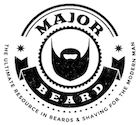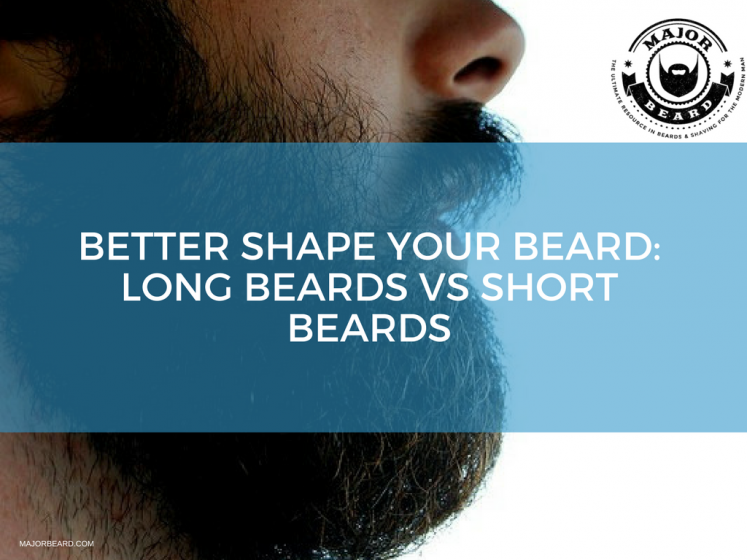
We know how difficult it is to shape a beard you’re not used to. This much is true whether you’re growing out your first beard or you’re switching up from one beard type to another. Especially the latter. You’re so sure, so confident, of what used to work – only to end up with a neckline or cheek line that looks off no matter what you do. Or you grew out your beard expecting to rock it, only to end up looking like a try-hard hipster instead of tough-ass lumberjack.
This is why it’s important to know the differences between shaping a long beard and shaping a short beard. Here are a couple of tips and pointers to help you do just that:
Terminal Length
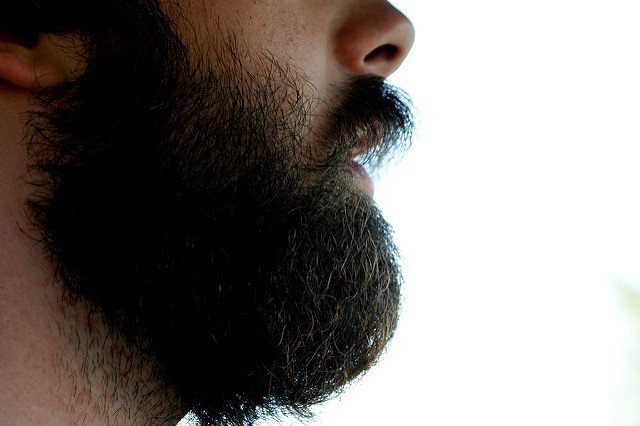
Source: Flickr
You can only really shape a long beard if you have enough hair to work with in the first place. This is where terminal length come into play. Simply put, terminal length is the maximum length facial hair will reach.
This is dictated by your genetics, and will determine the natural thickness and length of your beard. Some folks can grow a magnificent beard with enough time and care. Others can only manage to grow a stubble. You’ll only end up pissed off if you push yourself to cultivate a thick beard when your genes don’t agree with you.
This is without using beard growth products, taking hormones, or undergoing surgical procedures to graft hair on your face. It won’t hurt to try out a few drugs and supplements to help promote beard growth, but don’t get disappointed if the results don’t match up with what you are looking for. That said, knowing the terminal length of your beard will help you determine just how thick – or short – your beard needs to be.
Managing Kinks
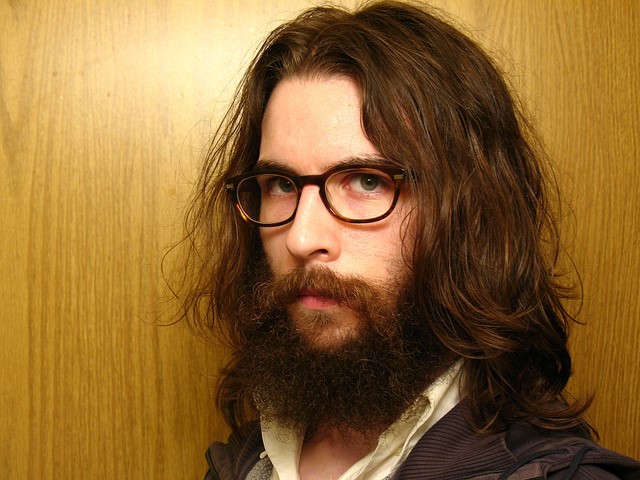
Source: Flickr
If you plan to shape a beard that’s long and bushy, you’ll have to deal with curls, twists, and kinks on a daily basis. This means a crap-ton of brushing, maybe even oiling or waxing if your hair is really all over the place. Just remember to use a wide-toothed comb for repeated brushing.
Oh, and only brush the hairs when dry or oiled. Wet hairs are more fragile than dry ones, and tend to break off with just a little pressure. Shorter beards don’t have the same problem with curling. At least not if your hairs are shorter than half an inch.
Any longer than that, and a little oiling and rubbing might help guide the direction of the hairs. No need to use a comb or brush. A few drops of beard oil on your palms, a few minutes of rubbing while following the grain of the hair, and you should be good to go. Really short beards – stubble-like almost – have none of these problems. They’re so short that any curling will barely register.
Border Controls
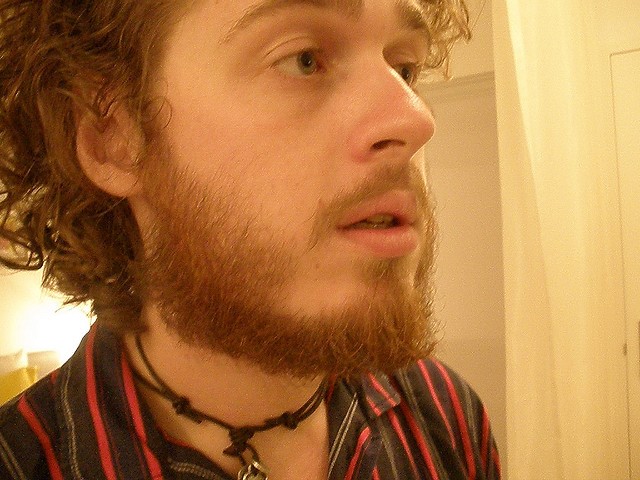
Source: Flickr
The thicker and bushier your beard, the more you need to ‘fade’ its borders. Neckline, cheekline, sideburns – any line of your beard that comes into contact with skin.
Fading these borders means gradually thinning the hair from the beard to the skin. This in turn softens the edges of your beard; giving it a more natural look in the process. What if you just shave off the borders of a thick beard without fading it? The high-contrast look may work well for stubbles or shorter beards.
For thick beards though, they will look artificial and manicured. The contrast between skin and beard will be so sharp that they ‘battle’ with each other for attention. Worst case scenario: you’ll look like you have a fake beard glued to your lips and chin. This is why you need to fade the borders if you plan to groom a beard on the longer, thicker side.
Facial Features
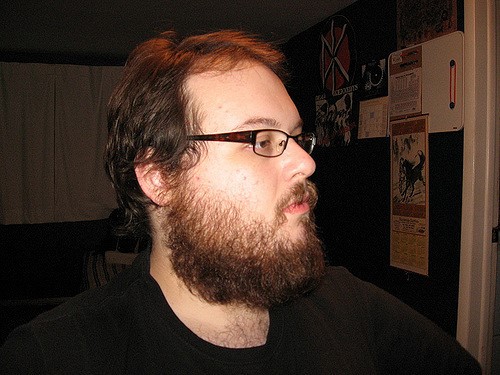
Source: Flickr
Bushy beards don’t just look kick-ass, they can also hide and/or highlight specific parts of your face. You could, for example, hide a double chin while giving yourself a decidedly more masculine image.
You could also shape your beard to soften a jutting chin or to mask pimple scars that have pocked one side of your face. Short beards work pretty well in this regard. They don’t even need to be bushy. Just thick enough to blot the lines of your jaw, and it will be enough to affect the look of your face. Thicker beards, however, cover a lot of your facial features – not always in a good way. Grow them out enough, and they can also obfuscate slight facial expressions.
Grins, smirks, frowns, and pretty much anything involving your lips will be blunted by a thick mass of hair. This is definitely something to think about as you plan out your beard trims.
Grooming Time
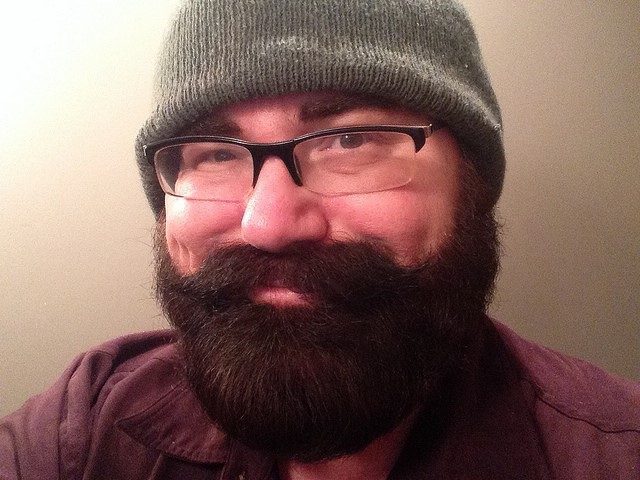
Source: Flickr
Stubbles and short beards typically take less time to shape compared to their thicker, longer counterparts. You can literally buzz through a short but full beard in less than a minute.
Just set the desired guard length, make one or two passes across your beard, and you’re good to go. Long full beards will need careful trimming, whether you use scissors, electric trimmers, or a combination of the two. This is especially true once you factor faded borders into the equation.
That is, unless, you plan to maintain intricate patterns. As a rule of thumb, anything involving a razor will require even more grooming time. Three minutes with a practiced hand, if you run a single shaving pass to maintain a clean beard. Maybe fifteen if you maintain a complex pattern and are being thorough with moisturizing and multiple shaving passes.
Conclusion
And there you have it – five factors that will help you better understand the differences between shaping a long beard and a short one. They’ll be especially useful to remember when you’re shifting from one beard style to another.
Like what you see? Want to swap stories adjusting from a short beard to a long one or vice-versa? Leave a word in the comments section down below. Oh, and don’t forget to share this article with friends and family! You’ll never know who might find all this stuff useful for themselves or for someone else they know.
